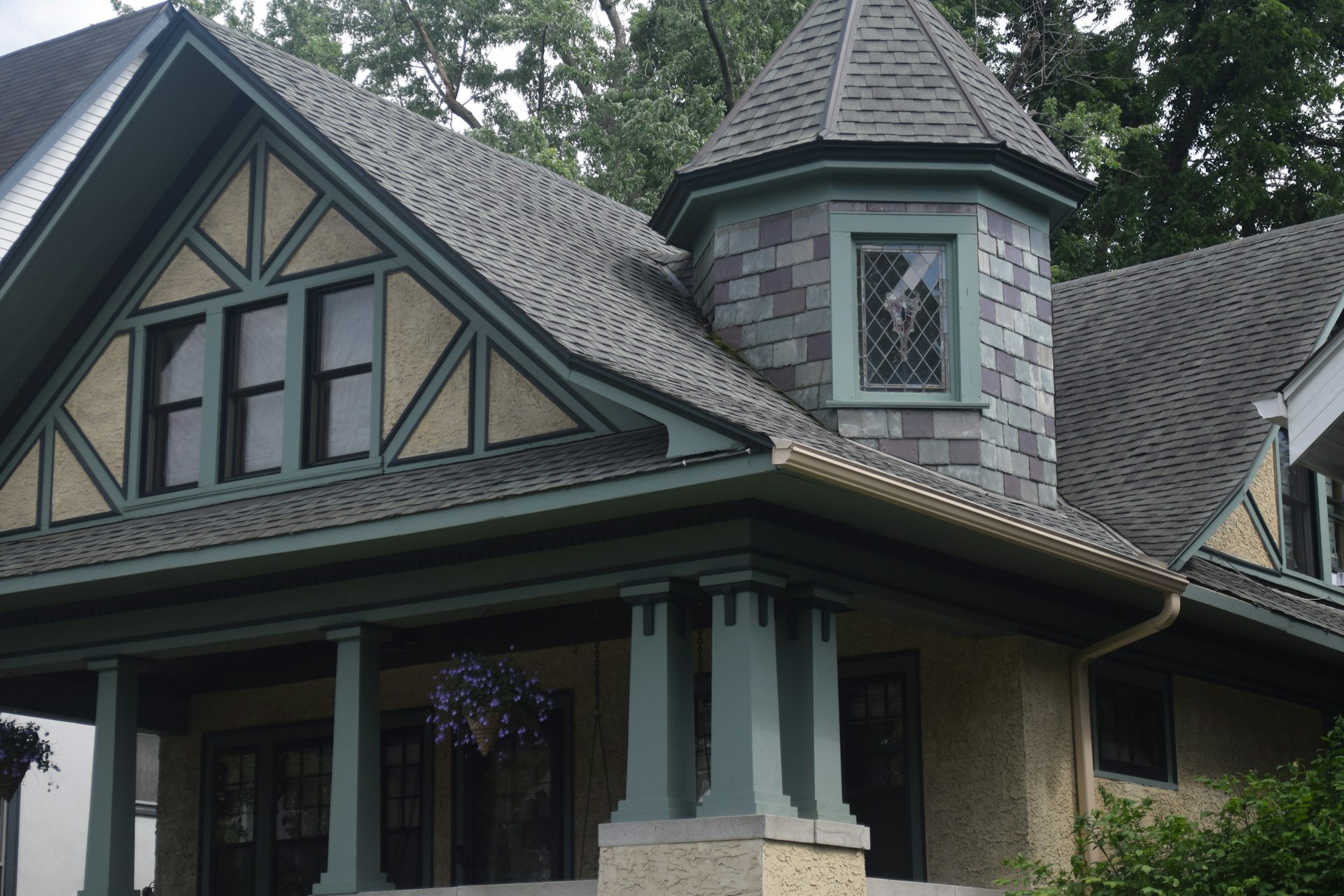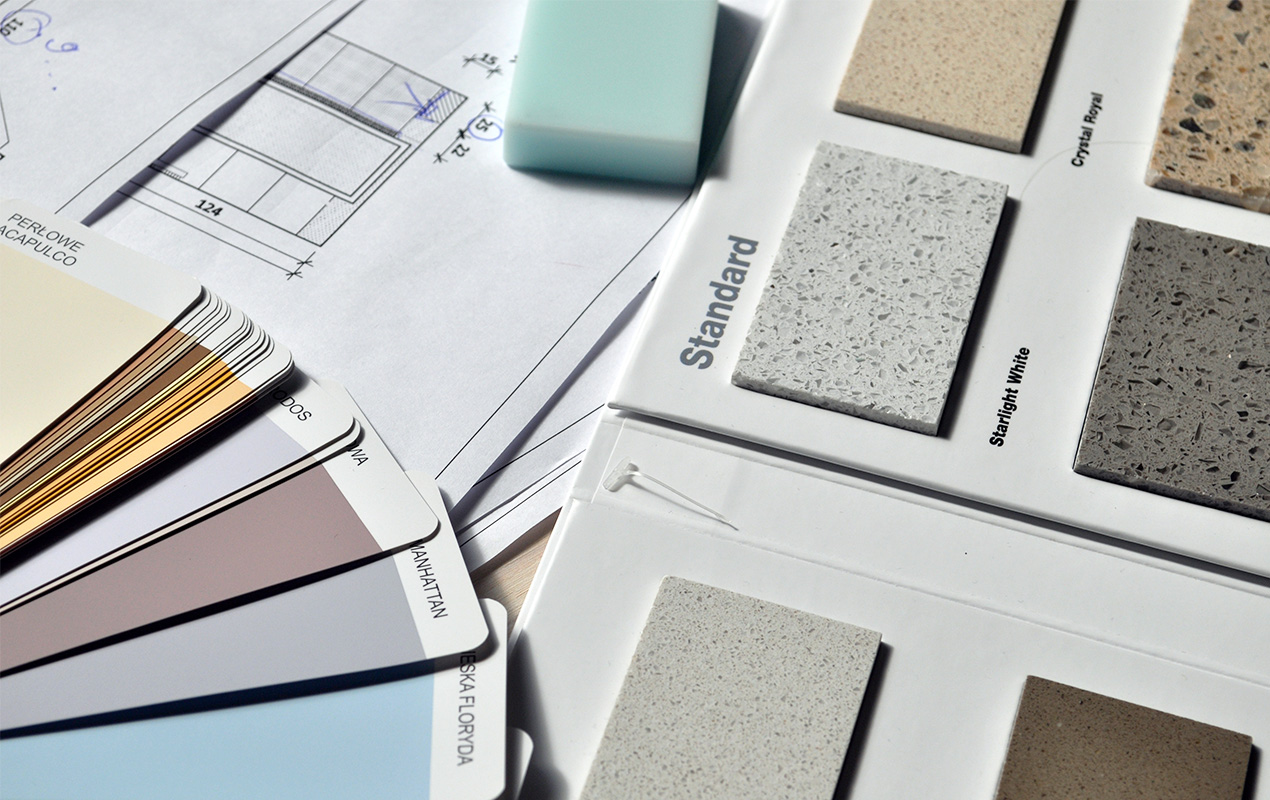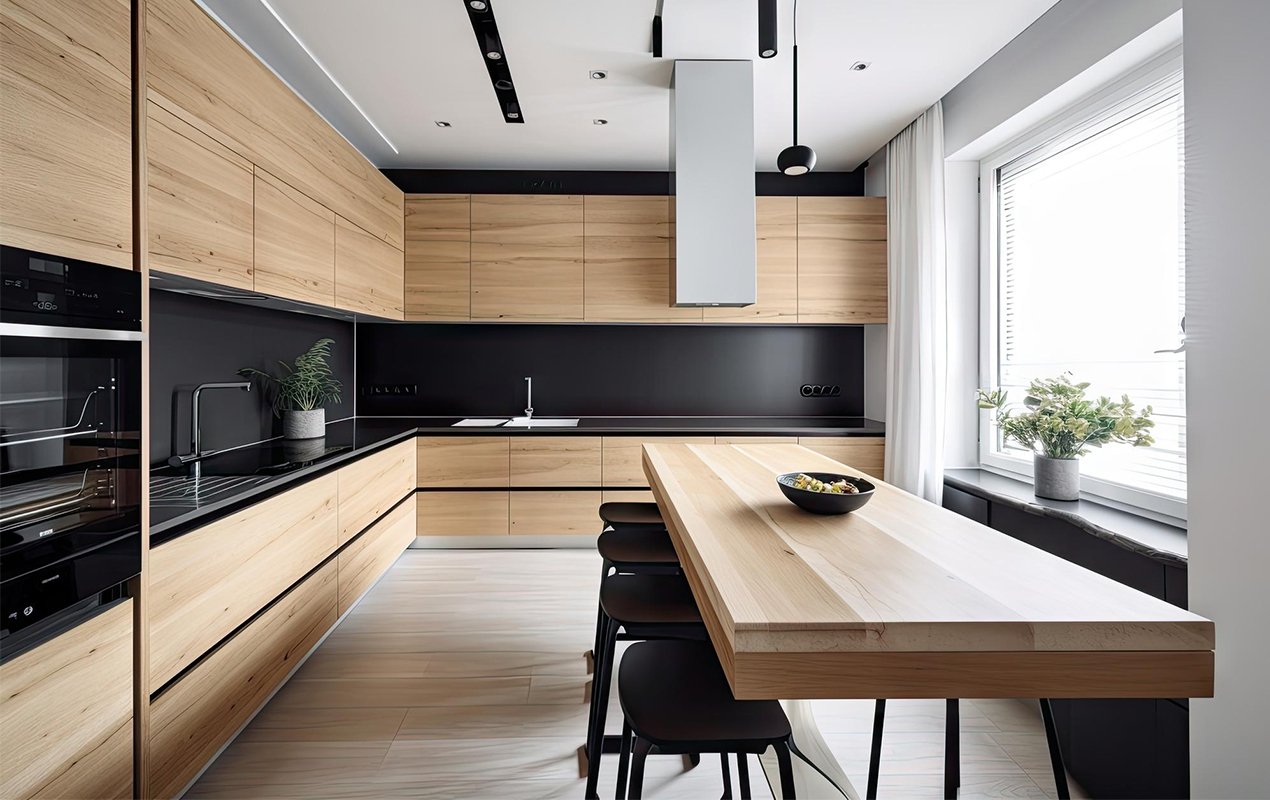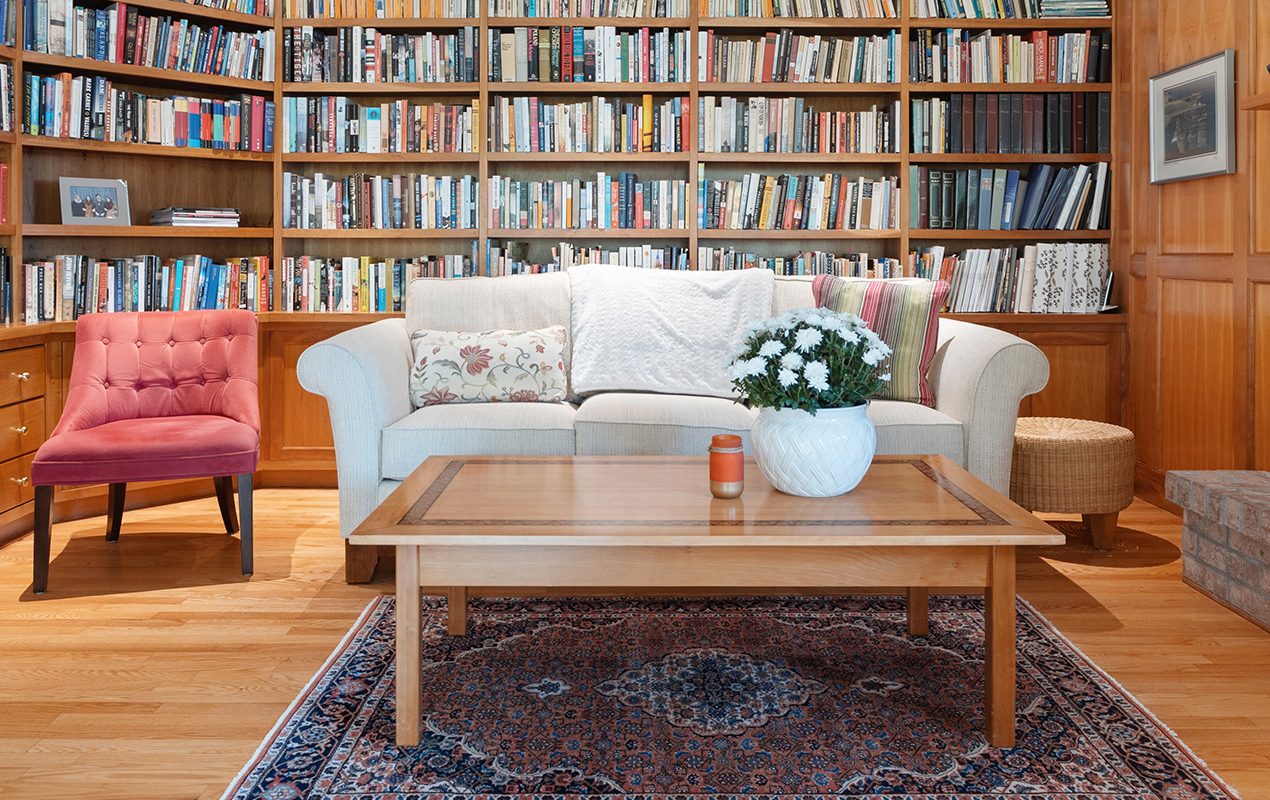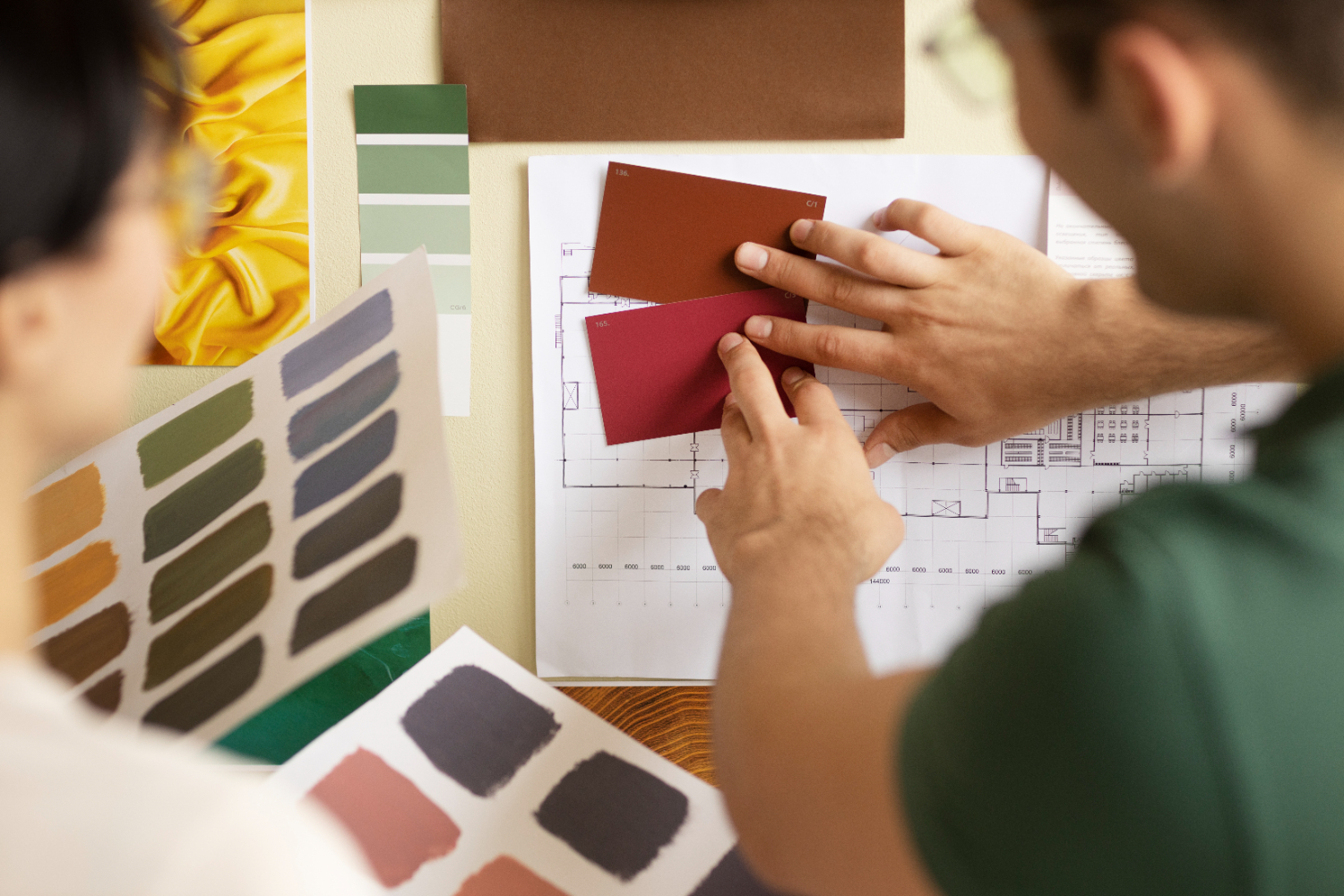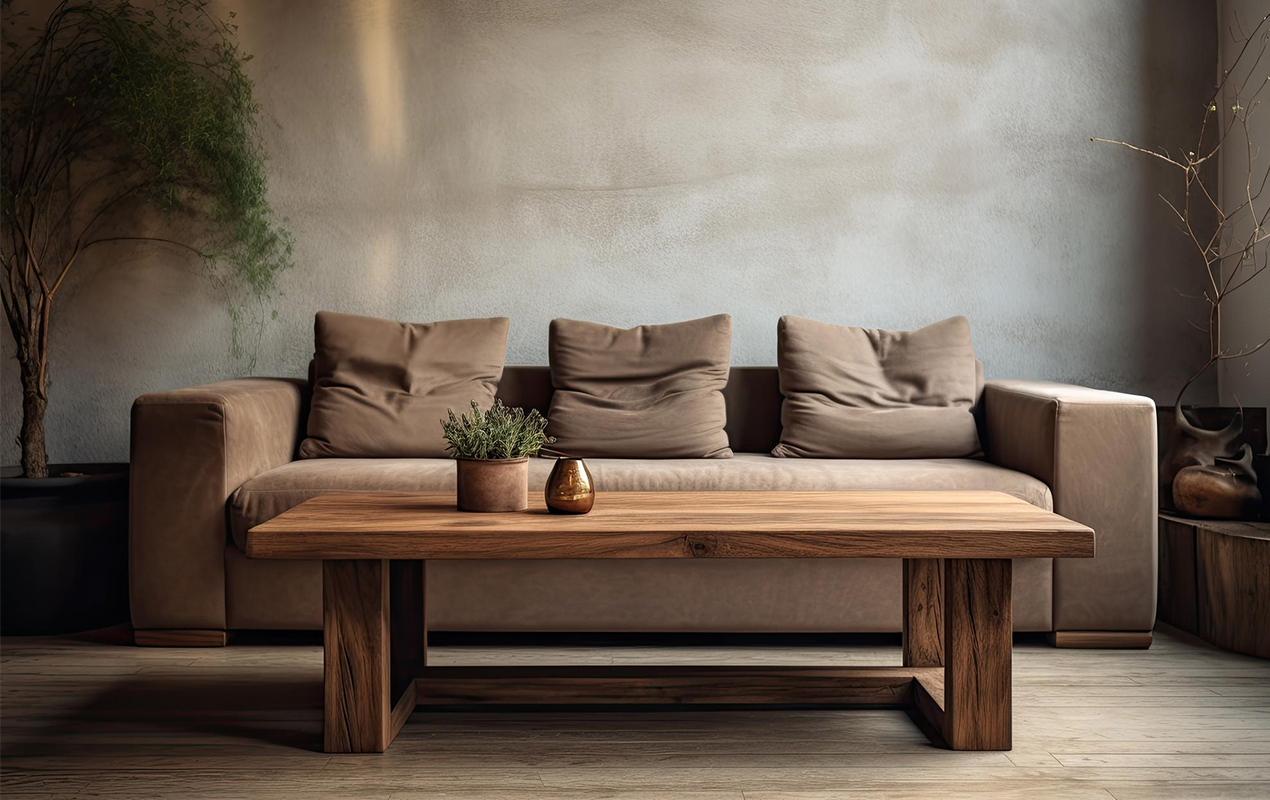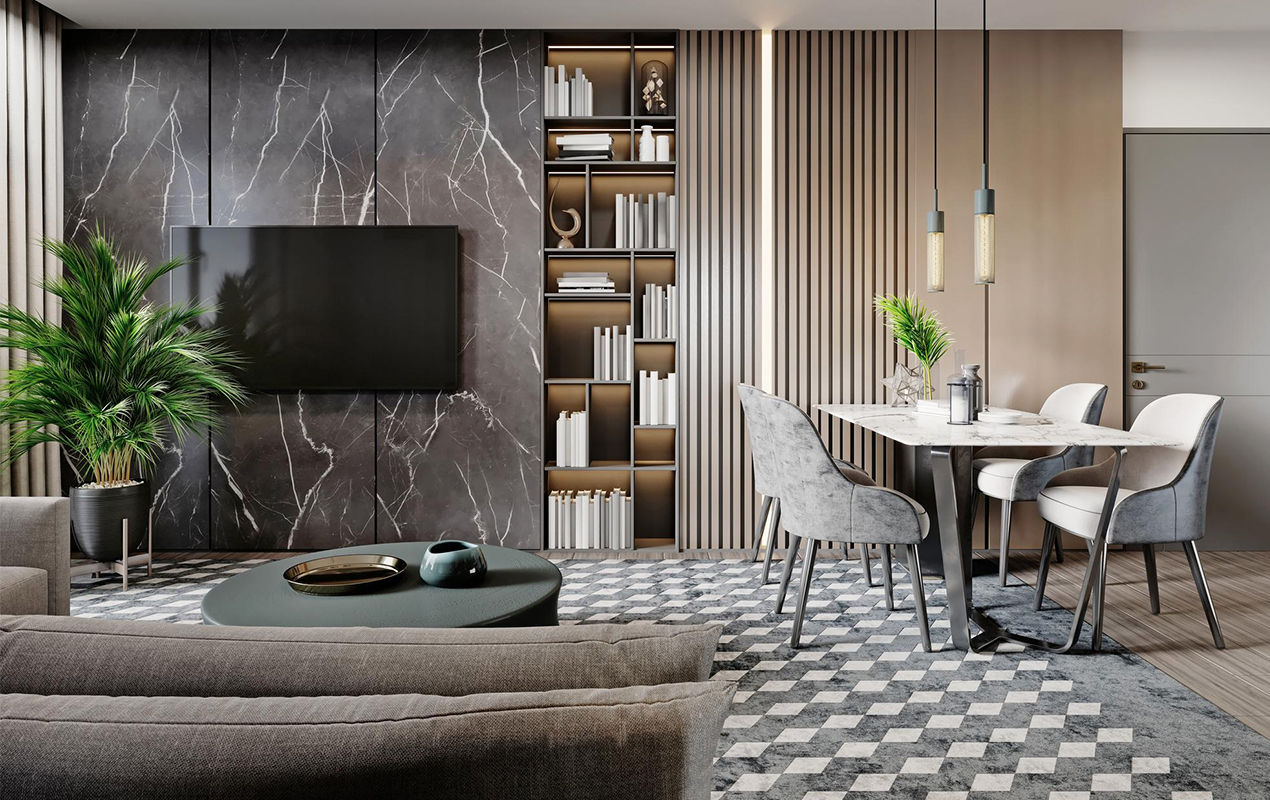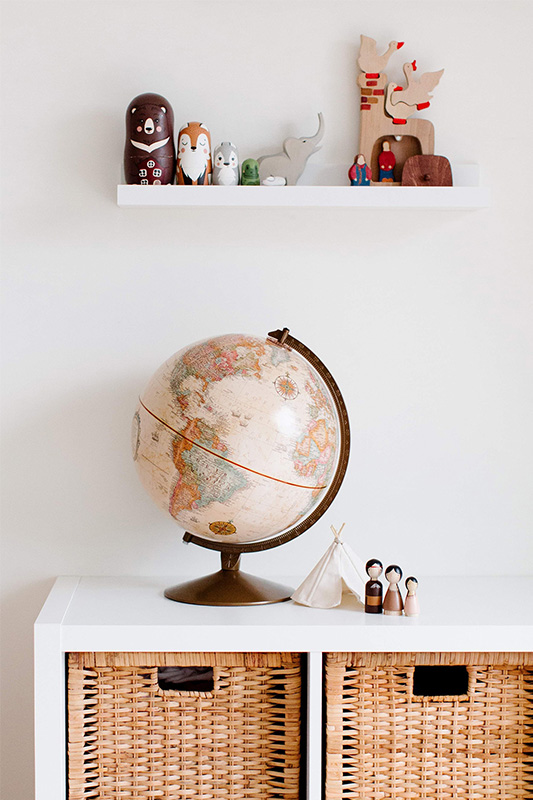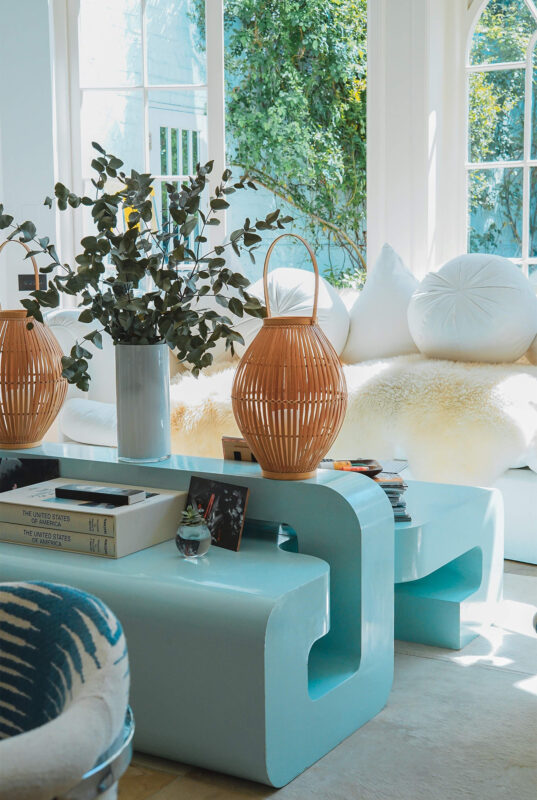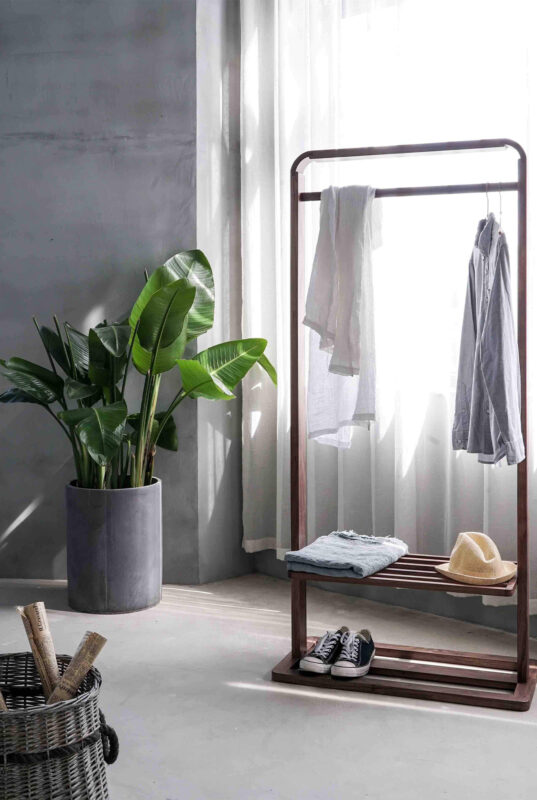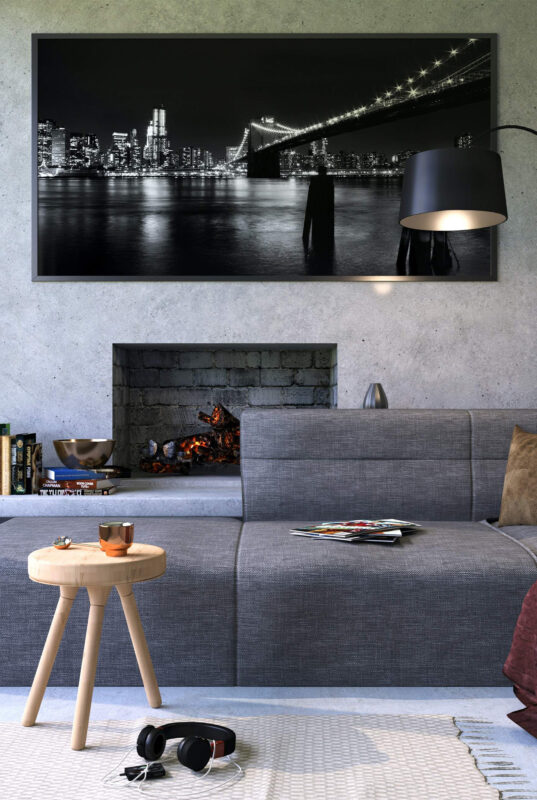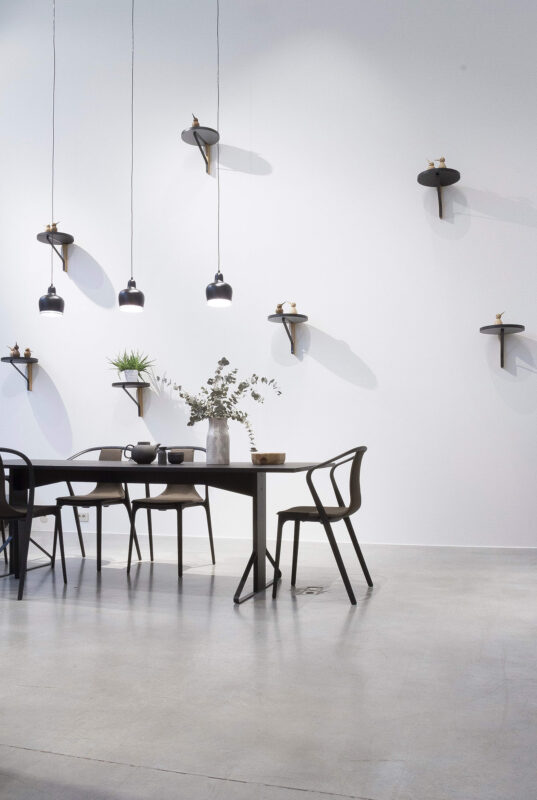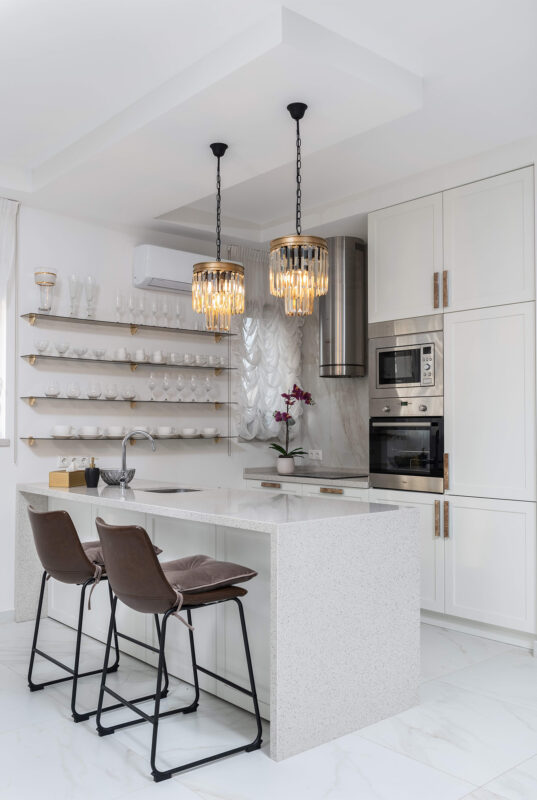Blog
Choosing the Right Glass Coffee Table Thickness for Peace of Mind
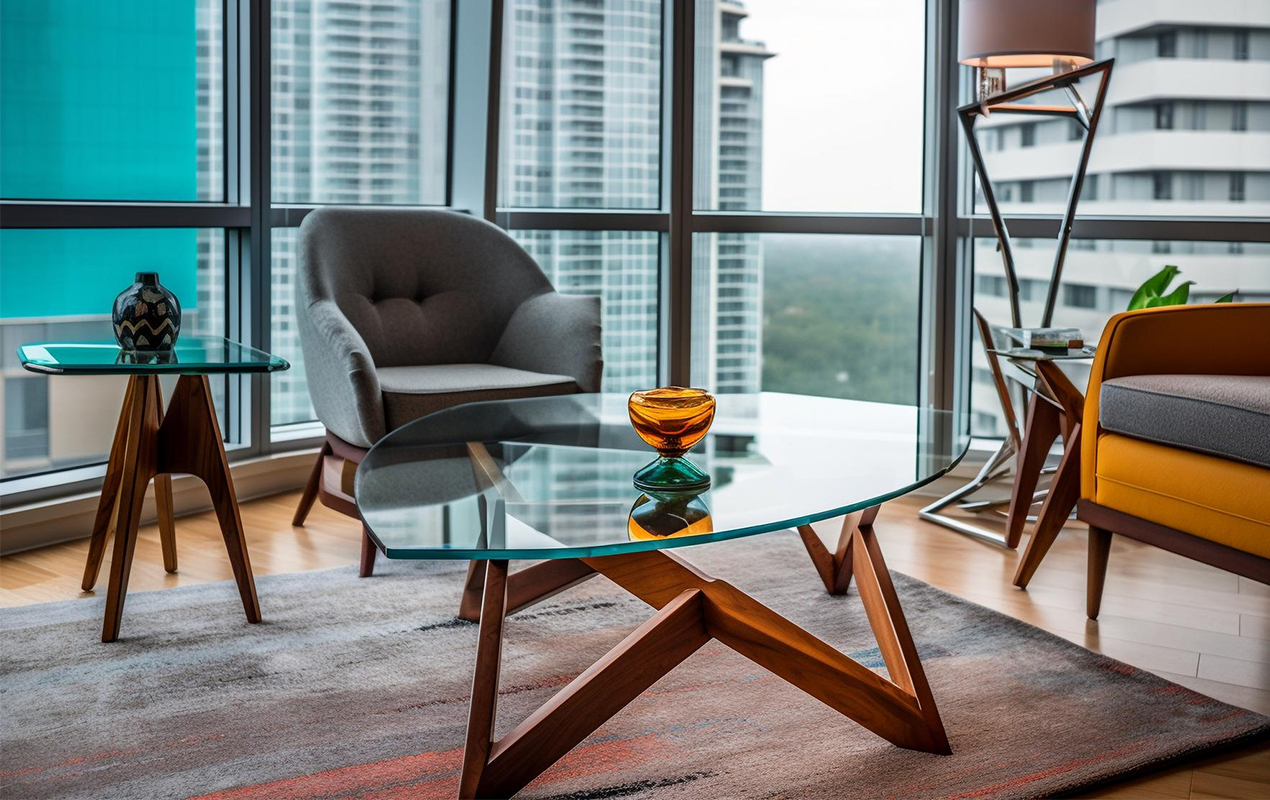
DISCLAIMER: The images in this post are for informational purposes to illustrate potential possibilities, recognizing that individual tastes vary. We aim to capture your wants and needs, expanding on each style where possible to offer a range of available options from reputable designers and affiliated brands. This selection process considers a variety of factors to ensure we cater to the diverse preferences of our readers.
Too thin, and you risk shattering under the weight of an errant elbow or an overzealous board game night. Too thick, and you sacrifice the airy elegance that makes glass such a desirable material. Beyond the obvious concerns, the thickness subtly influences the overall aesthetic. As mentioned, a thin glass top produces a minimalist, airy feel, while a thicker top exudes an essence of solidity. The right thickness can harmonize with the table’s design, enriching it rather than detracting from it.
Navigating this spectrum doesn’t have to be a guessing game. In this guide, we’ll delve into the nuances of glass coffee table thickness, exploring the factors influencing the decision-making and providing recommendations for different table types.
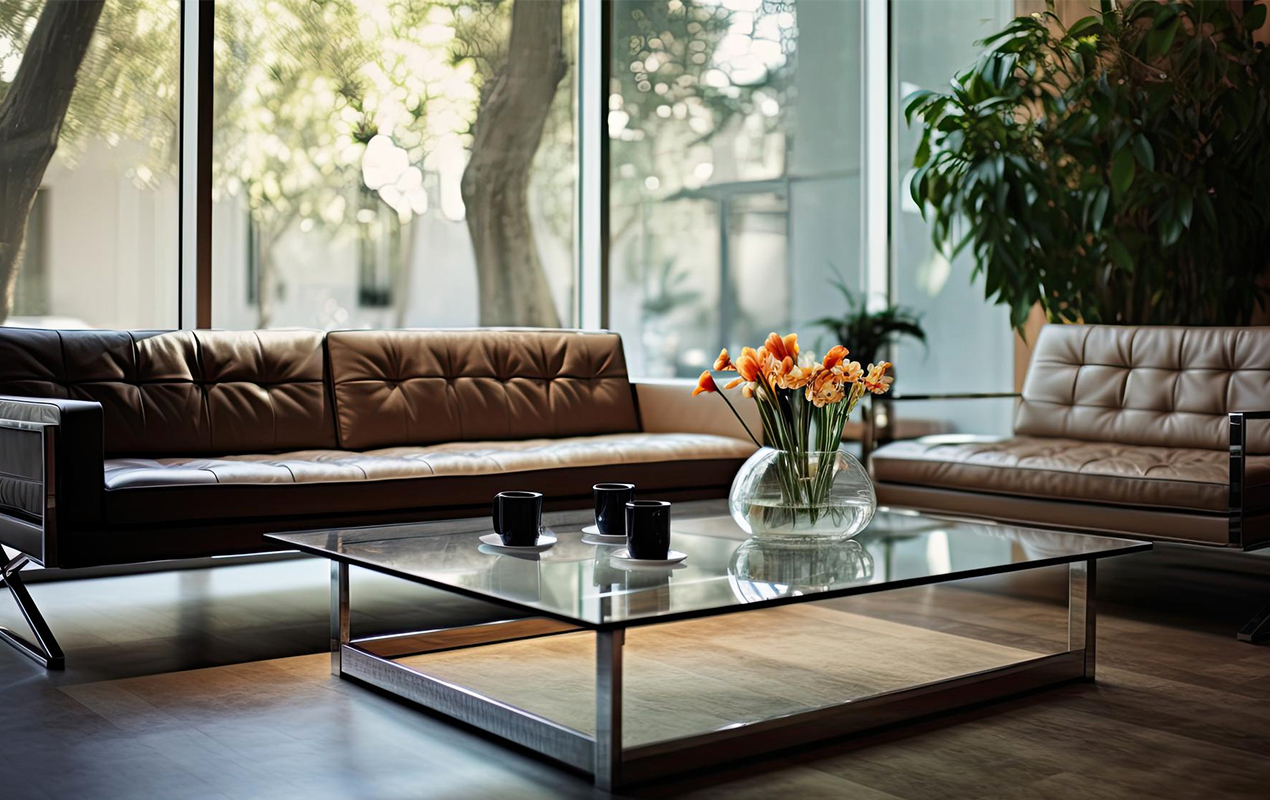
Photo by Pikepicture from Freepik
Unraveling the Language of Glass Thickness
While glass might seem uniform to the untrained eye, a closer look reveals the nuances of varying thicknesses, each with distinct properties and applications. Understanding glass thickness is essential in the buying process, allowing you to decipher the subtle distinctions that make all the difference in your table’s functionality and style.
Glass thickness is typically measured in two ways:
- Fractions of an Inch: Common in the United States, glass thickness is often expressed in fractions like 1/8 inch (3.175mm), ¼ inch (6.35mm), ⅜ inch (9.525mm), and ½ inch (12.7mm). These measurements refer to the distance between the two surfaces of the glass.
- Millimeters: Predominant in many parts of the world, metric measurements offer precise indications of the thickness. You’ll likely encounter measurements like 4mm, 5mm, 6mm, 8mm, or 10mm.
The most common glass thickness options include:
- ¼ inch (6.35mm): This is often favored for smaller tables or those with an airy aesthetic. It provides a sleek and lightweight look but might not be the most durable option for high-traffic areas.
- ⅜ inch (9.525mm): Popular for standard-sized coffee tables, this thickness offsets strength and style. It can withstand moderate wear and tear while still maintaining a graceful aesthetic.
- ½ inch (12.7mm): This is a robust option for larger tables or those expected to bear heavier loads. It provides exceptional durability and a luxurious feel but might be less suitable for tables with a minimalist design.
Understanding the measurements and implications of each thickness is the first step toward choosing the ideal top for your table. The right thickness depends on a mixture of factors, which we’ll cover in the coming sections.
Related Article: The Ideal Coffee Table Size: Finding the Right Dimensions
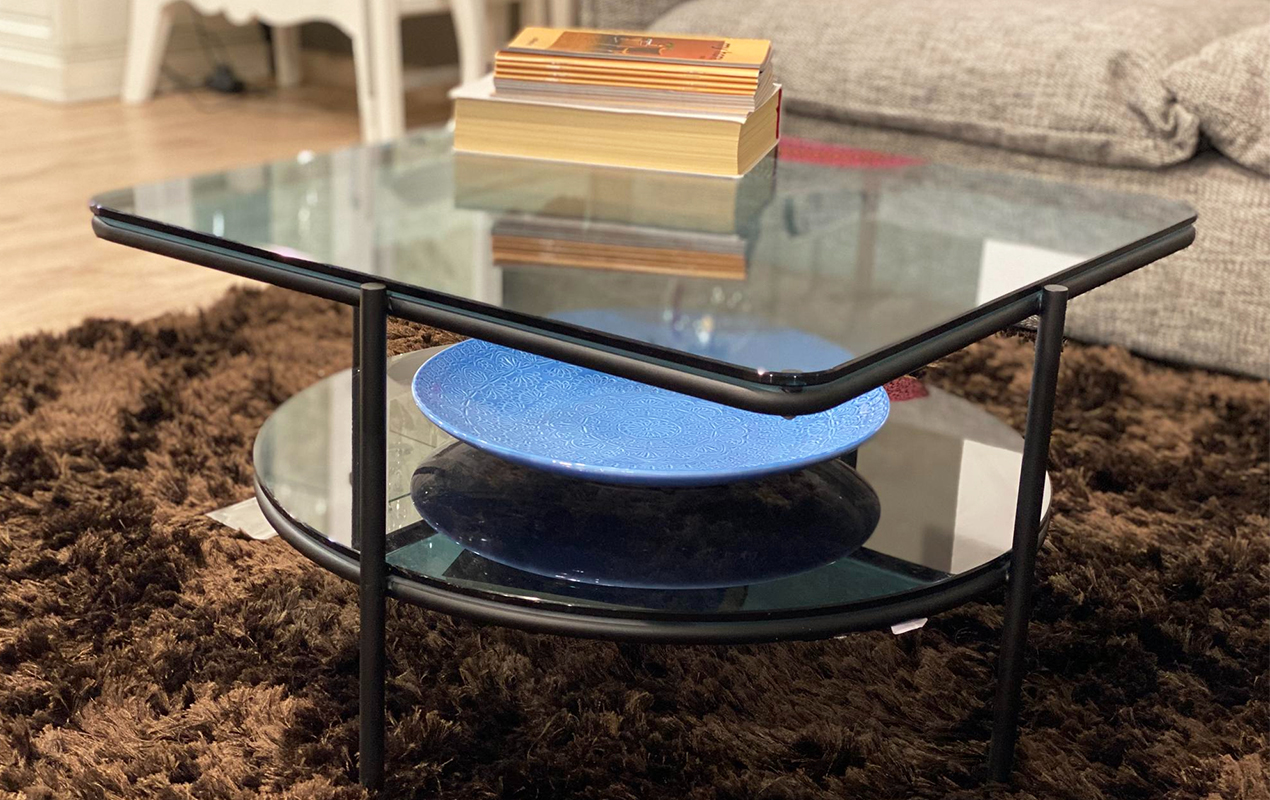
Photo by EyeEm from Freepik
Key Factors in Glass Coffee Table Thickness
Determining the ideal thickness for your table is not a one-size-fits-all endeavor. It’s influenced by a constellation of factors, each playing a vital role in assuring a balance of safety, aesthetics, and practicality. Let’s delve into the key considerations to guide you toward making an informed decision:
-
Size and Shape Matter: The dimensions and shape of your table are the foundation for defining the appropriate glass thickness. A larger table necessitates a thicker glass top to maintain structural integrity and prevent sagging or warping under its weight. Similarly, tables with unconventional shapes require specific thickness adjustments to accommodate stress points and ensure uniform support.
-
Purpose-Driven Thickness: The intended use of your table is a pivotal factor. Will it be primarily a decorative piece, showcasing cherished artifacts and decor, serve as a conversation starter, or be a workhorse, enduring the daily wear and tear of family gatherings, impromptu meals, or game nights? A display-oriented table might thrive with thinner, more delicate glass, while a high-traffic table demands a thicker, more resilient surface.
-
Safety First, Always: Safety should never be compromised when deciding on the table glass. Opting for tempered glass, which is heat-treated for improved strength and shatter resistance, is a prudent choice. Additionally, adhering to safety standards and regulations regarding glass thickness for furniture is imperative. These guidelines ensure your table is visually pleasing and also safe for everyday use.
Bonus: Consulting with a professional can provide valuable insights tailored to your specific table and usage scenario. They can offer recommendations based on your needs and preferences, ensuring you make a choice you’ll be happy with.
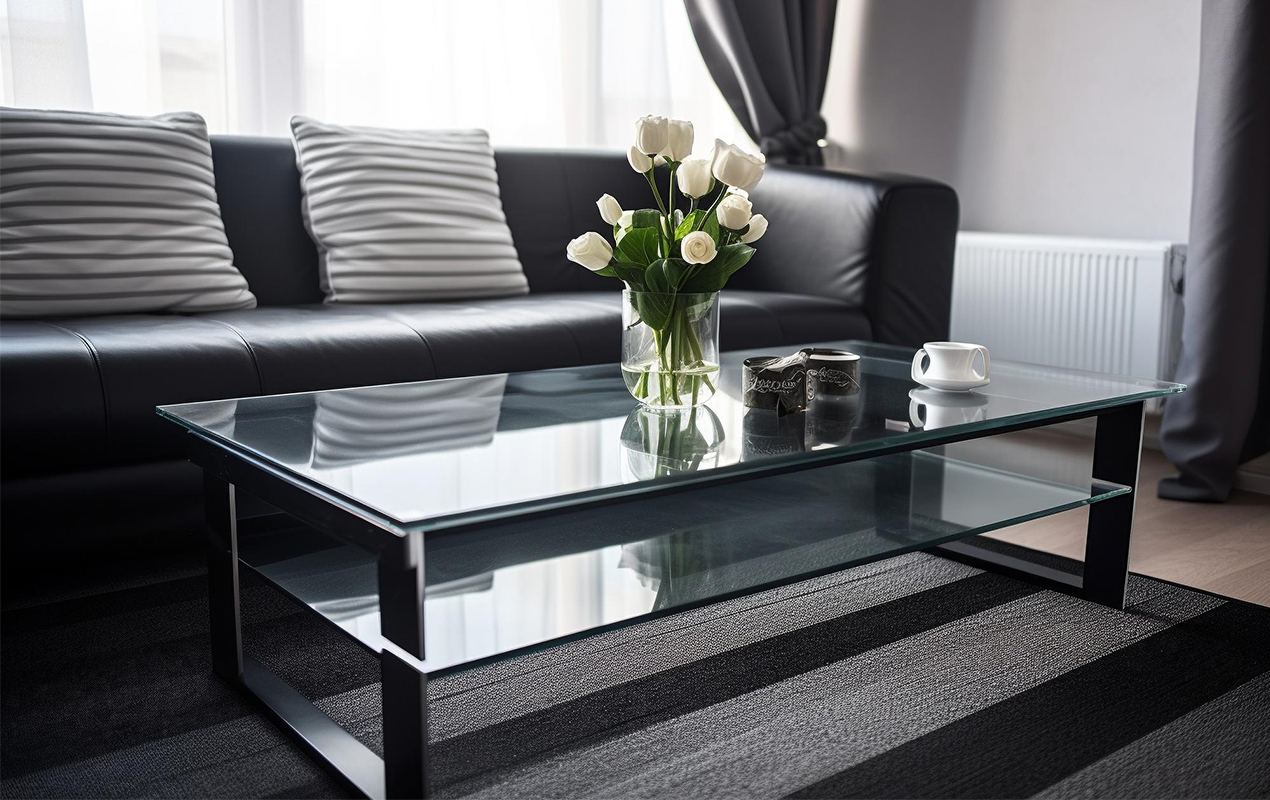
Photo by Sappi1004-1 from Freepik
Tailoring Thickness to Table Type
Just as each coffee table possesses its own character, so too does the glass thickness vary depending on the table’s type and design. To ensure your top complements your table’s aesthetics, let’s explore tailored recommendations for different table styles:
Standard Coffee Tables (Rectangular or Square)
For the classic shapes, a glass thickness of ⅜ inch (9.525mm) strikes a unified balance. It’s robust enough to withstand everyday use, resists flexing or warping under moderate weight, and complements a mix of interior styles without overpowering the table’s presence.
Large Coffee Tables
When dealing with expansive tables, sturdiness becomes paramount. A glass thickness of ½ inch (12.7mm) is often advised to provide the necessary support and prevent unwanted sagging. This thickness also exudes a feeling of grandeur, complementing the scale of the table.
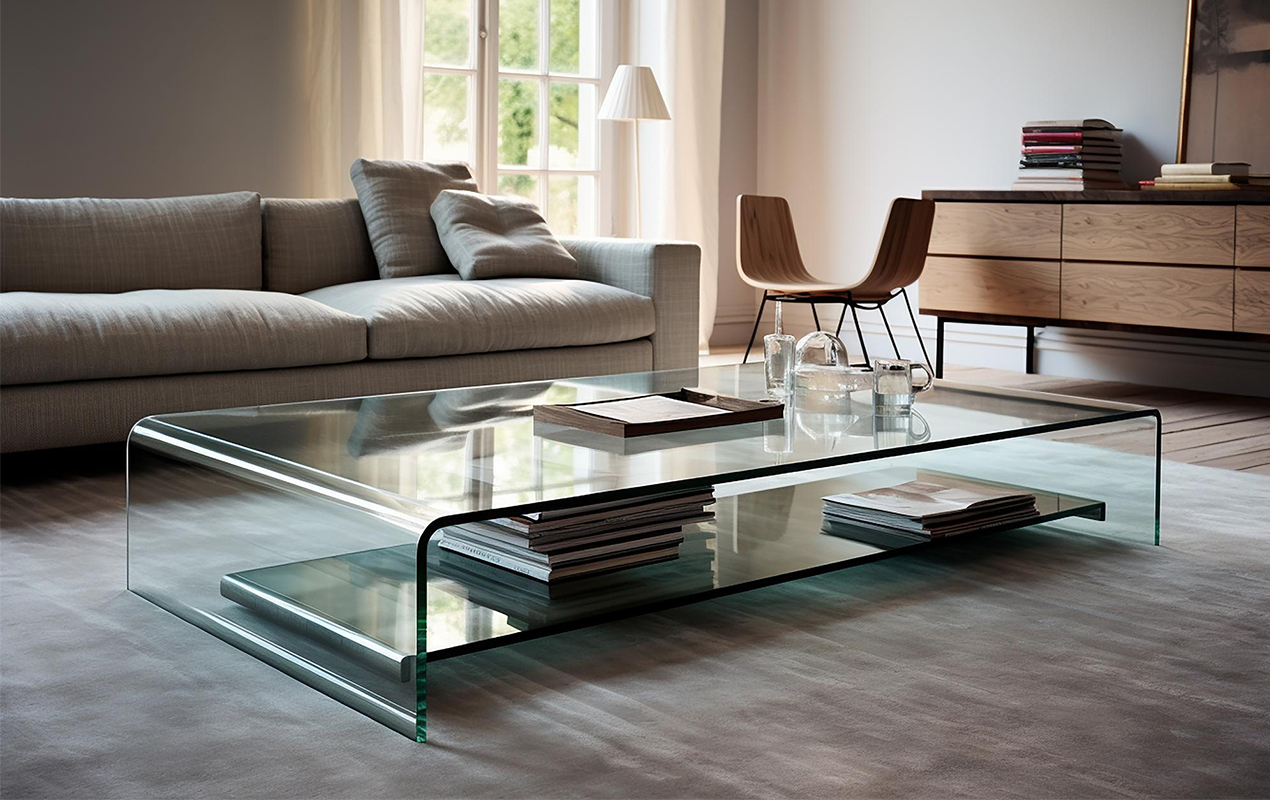
Photo by Meimanlifestore from Freepik
Round or Oval Coffee Tables
Round and oval tables introduce a unique consideration: the lack of corner support. To compensate for this, it’s advisable to opt for a slightly thicker glass, typically ⅜ inch or even ½ inch, depending on the table’s size and weight capacity. This ensures the glass remains stable and doesn’t bow under pressure.
Custom Coffee Tables
For tables that defy conventional norms, determining the ideal thickness requires a personalized approach. Factors such as the table’s material, construction, weight distribution, and intended use all come into play. Consulting with a professional is recommended to assure the chosen thickness aligns with the table’s design and structural requirements.
Read More: Spice Up Your Space: 25 Unforgettable Unique Coffee Table Ideas
These are general guidelines and individual preferences may vary. Consider your table’s specific dimensions, weight-bearing needs, and desired aesthetic when making your final decision.
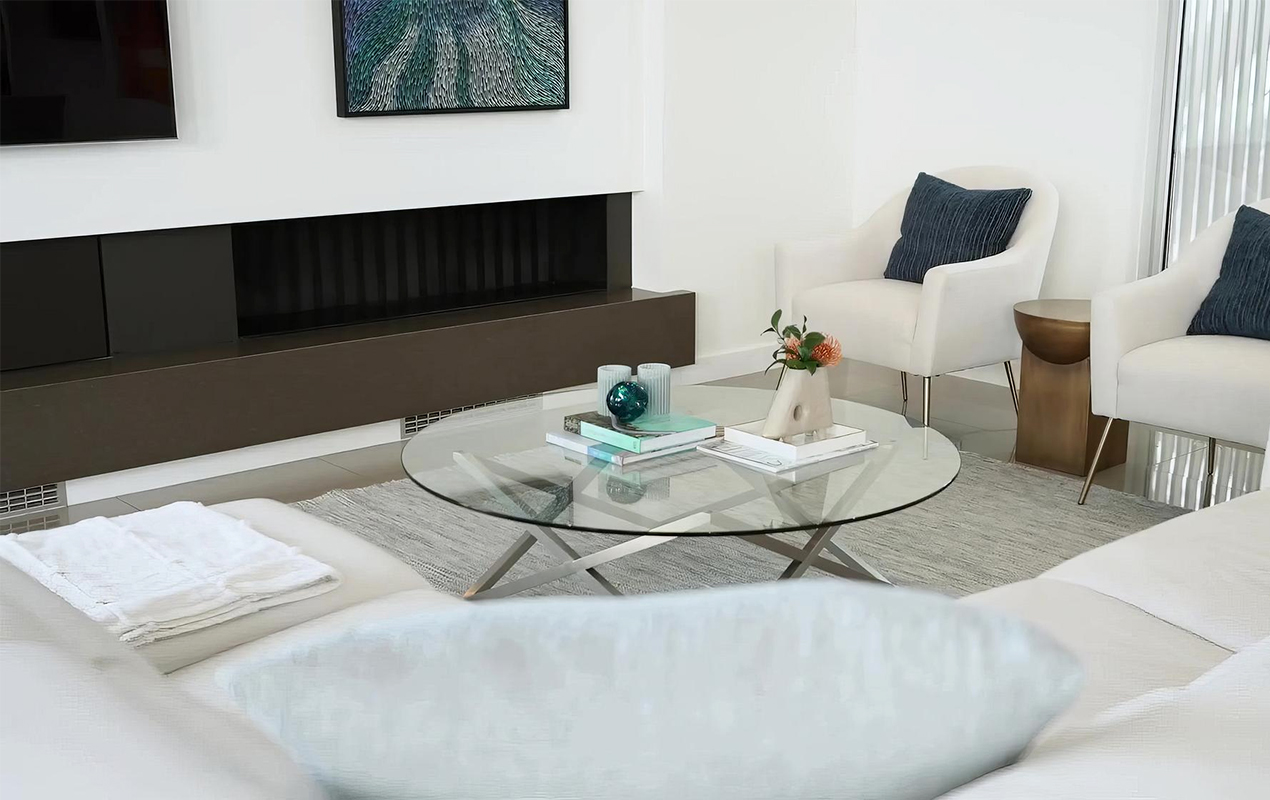
Photo by Sakavik from Freepik
Expand Beyond the Thickness
While clear glass is the most common option for coffee tables, possibilities await those who dare to explore alternative options
- Frosted or Textured Glass: These options add privacy and visual interest to your table. Frosted glass obscures the view through the table, while textured glass offers distinctive patterns and designs.
- Tinted Glass: This is available in diverse colors, adding a subtle hint of personality to your table. It also helps reduce glare and protects items displayed on the table from fading due to exposure to sunlight.
Related Article: 10 Clear Coffee Tables: Designs to Accentuate See-Through Style
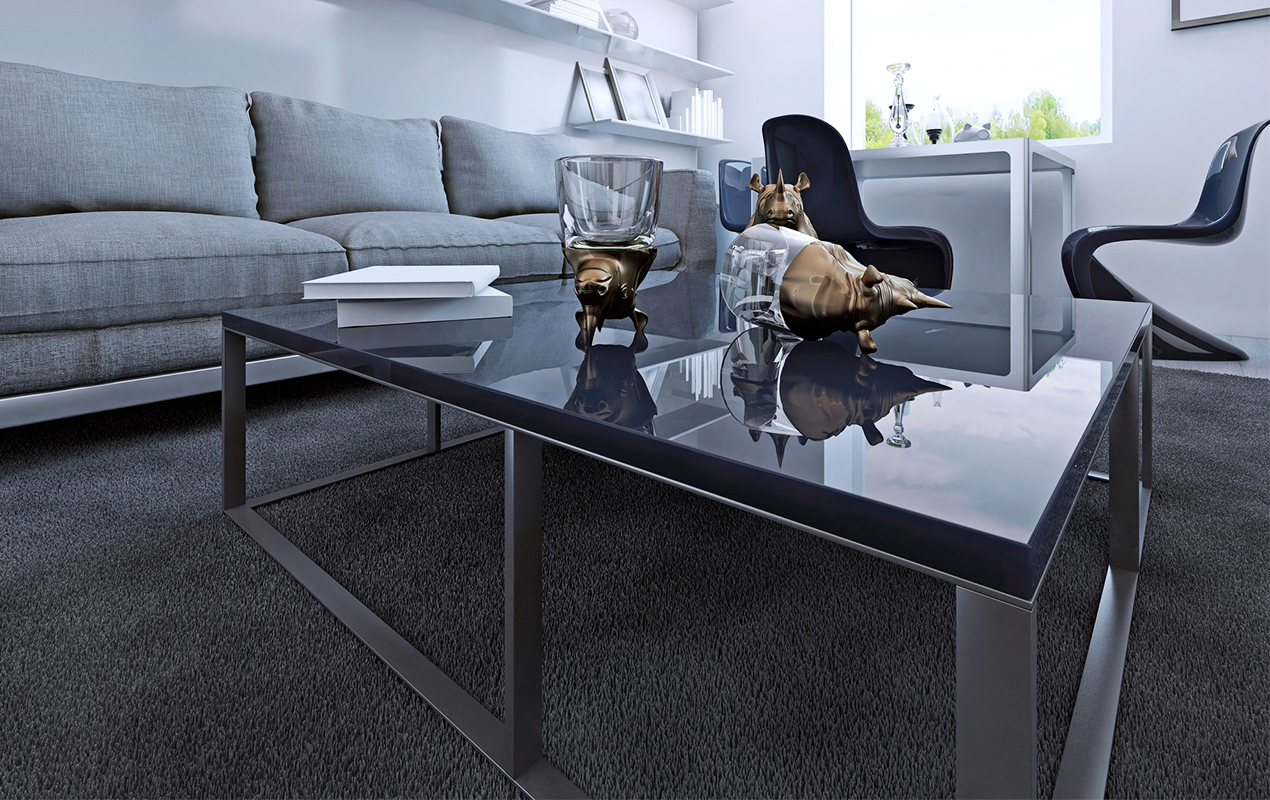
Photo by Peter_kuprin from Freepik
Glass Coffee Table Thickness – Final Thoughts
As we conclude, it’s evident glass coffee table thickness holds power in shaping your table’s aesthetics, functionality, and safety. We’ve traversed the landscape of glass measurements, delved into the factors influencing the ideal thickness, and covered tailored recommendations for several table types.
Beyond the numbers and measurements, remember choosing the right glass thickness is a matter of balancing your personal preferences with practical considerations. Consider your table’s size, shape, intended use, and weight capacity to pinpoint the ideal fit. Whether you’re drawn to the minimalism of a thin glass top or the sumptuous feel of a thicker one, the choice is yours to make. Embrace the freedom to express your style and create a table that mirrors your character and complements your setup.

